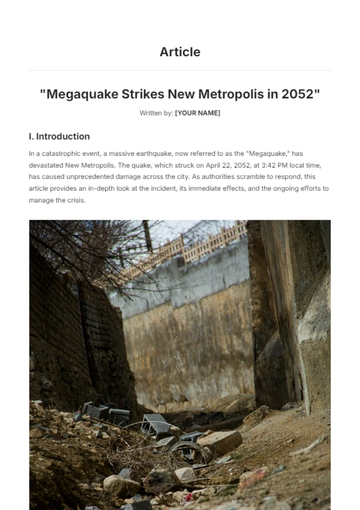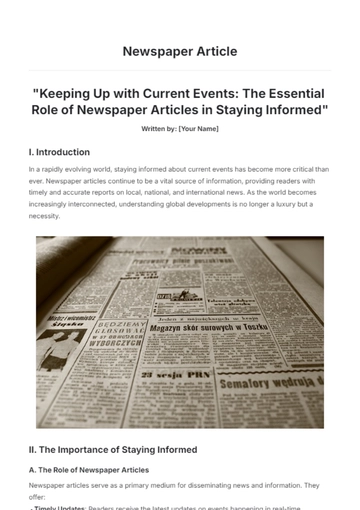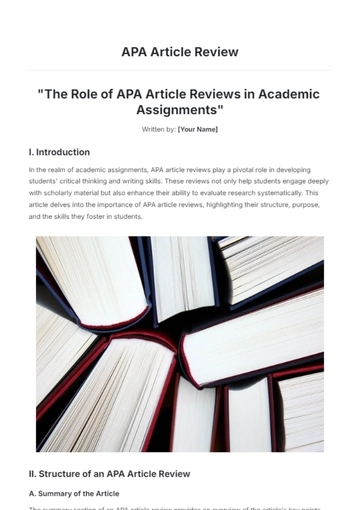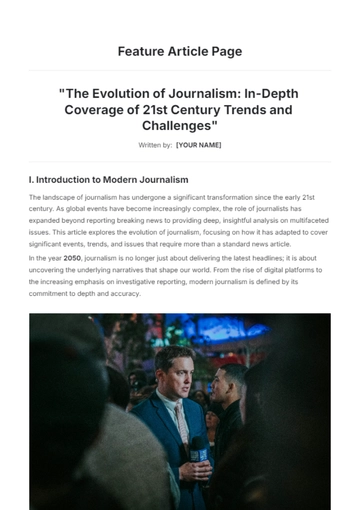Free Sample Commentary Journal Article
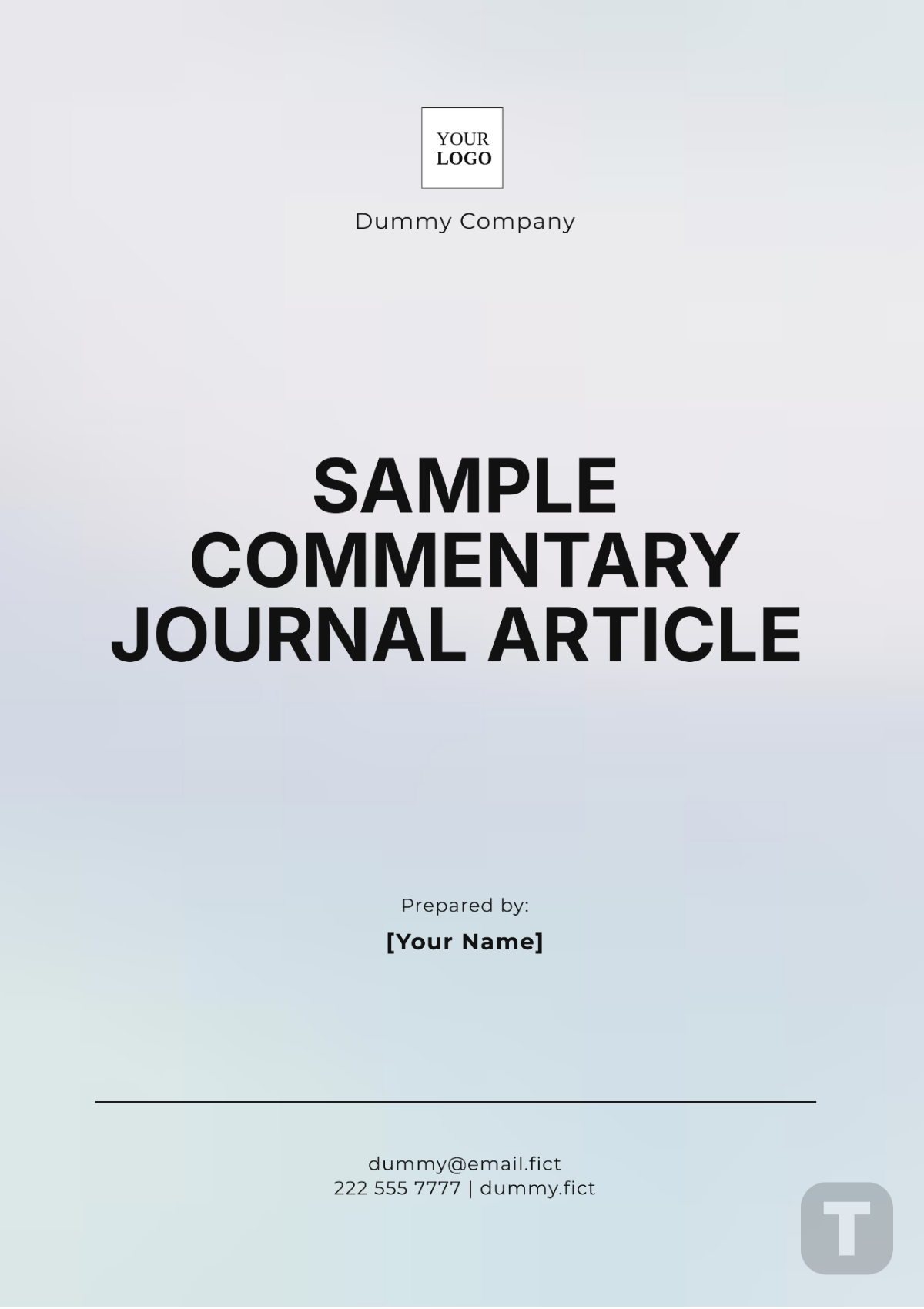
Title: Reevaluating the Implications of Climate Change on Coastal Erosion: A Critical Commentary
Abstract
This commentary critically assesses the study "The Impact of Climate Change on Coastal Erosion Patterns" by Smith et al. (2073). While the original research provides valuable insights into the effects of rising sea levels on coastal erosion, this commentary highlights limitations in the study’s methodology and proposes additional considerations for future research. The analysis underscores the need for a more comprehensive approach to understanding the multifaceted impacts of climate change on coastal environments.
Introduction
The study by Smith et al. (2073) addresses an urgent issue: the impact of climate change on coastal erosion. As sea levels rise and weather patterns become more unpredictable, coastal regions face increased erosion, threatening ecosystems and human settlements. This commentary evaluates the strengths and limitations of the original study, aiming to enhance the discussion on this critical topic.
Summary of the Original Article
Smith et al. (2073) investigate the correlation between rising sea levels and accelerated coastal erosion along the Eastern Seaboard of the United States. The study uses longitudinal data from satellite imagery and field surveys to model erosion patterns and predict future trends. The authors conclude that coastal erosion rates have significantly increased in the past decade, with projections indicating a continuation of this trend.
Critical Analysis
While the study provides a thorough analysis of the data, several aspects warrant further scrutiny. Firstly, the study’s reliance on satellite imagery for long-term erosion modeling may overlook localized factors influencing erosion rates. The authors acknowledge this limitation but do not fully address its implications. Additionally, the study's predictive models are based on historical data that may not account for recent changes in climate patterns.
Furthermore, the study lacks a detailed discussion of the socio-economic impacts of coastal erosion, which are crucial for understanding the broader implications of their findings. Integrating this dimension could provide a more holistic view of the issue.
Discussion
The commentary suggests that future research should incorporate more granular, localized data to complement satellite observations. Additionally, interdisciplinary approaches that combine environmental science with socio-economic analysis could offer deeper insights into the effects of coastal erosion. The study’s findings are significant, but a broader context is needed to fully grasp the implications of climate-induced erosion.
Conclusion
Smith et al. (2073) contribute valuable knowledge to the field of coastal erosion and climate change. However, addressing the methodological limitations and expanding the scope of analysis could enhance the study's impact. Future research should aim for a comprehensive approach that integrates diverse data sources and considers socio-economic factors to provide a more complete understanding of coastal erosion dynamics.
References
Smith, J., Johnson, A., & Williams, R. (2073). The Impact of Climate Change on Coastal Erosion Patterns. Journal of Coastal Research, 45(2), 123-145.
Acknowledgments
The author appreciates the feedback from colleagues at the Department of Environmental Science, which contributed to the development of this commentary.
- 100% Customizable, free editor
- Access 1 Million+ Templates, photo’s & graphics
- Download or share as a template
- Click and replace photos, graphics, text, backgrounds
- Resize, crop, AI write & more
- Access advanced editor
Sample Commentary Journal Article Template offered by Template.net. This customizable, downloadable, and printable template provides a structured format for crafting insightful commentary articles. Easily tailor your content to your needs using our editable AI Editor Tool, ensuring professional results with minimal effort. Perfect for researchers and scholars looking for a seamless writing experience!
